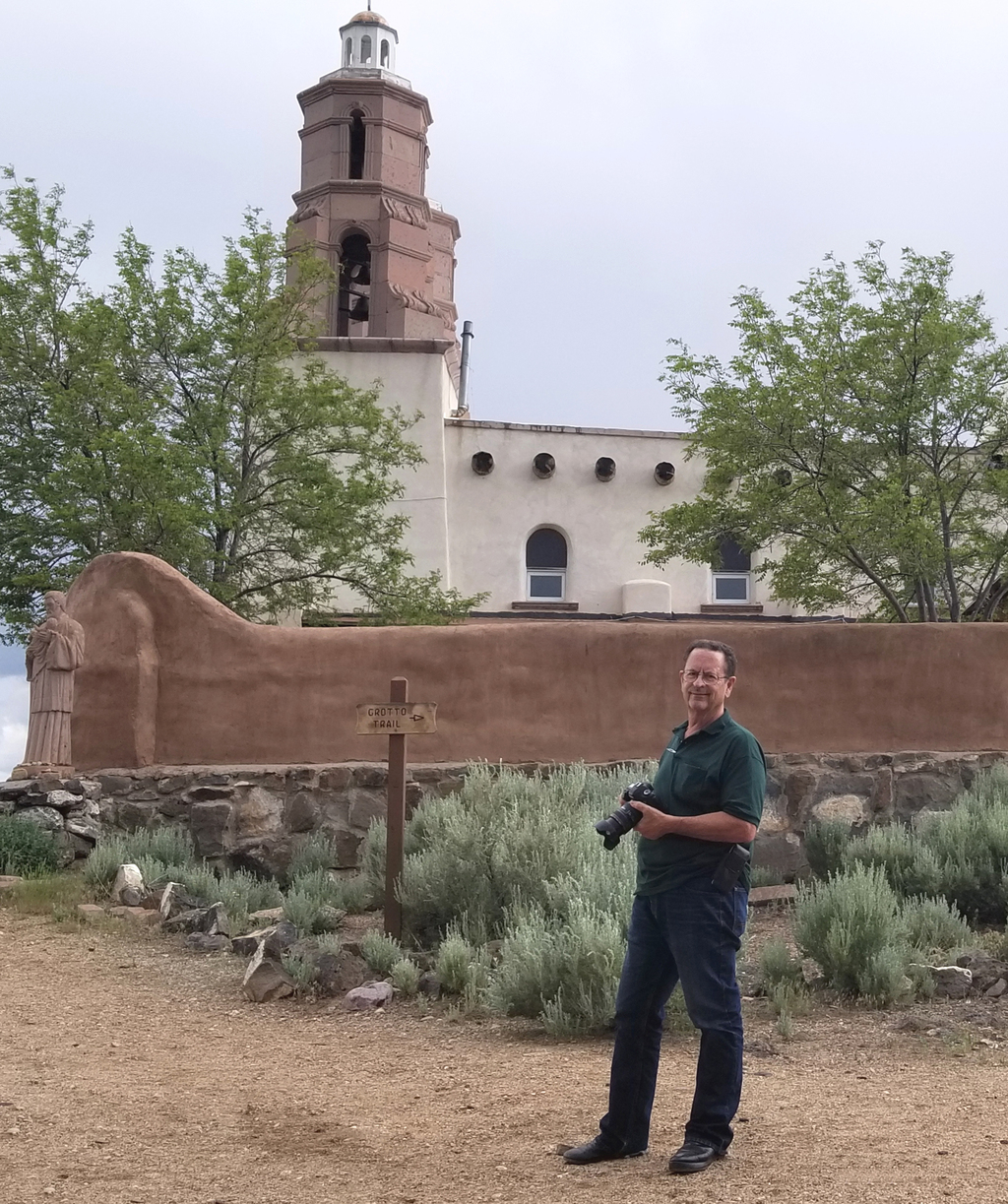In the year 1969, I was at CU, the University of Colorado. There I picked up my first camera: a Canon FT-QL, with a couple extra FD lenses (actually, I still have it in a glass exhibition case). During that tumultuous time on campus, there were continual riots and demonstrations against the Viet Nam war.
As a Fine Art major, beyond jewelry, pottery, painting or sculpture…photography was my home. Eventually I ended up with hundreds of rolls of film of the riots on campus and “The Hill” in Boulder. I decided that was my future, so after graduating with a B.F.A. degree, I enrolled in Brooks School of Photography in Santa Barbara, CA. Most of the instructors there were ex-military as was the owner, who was a Navy photographer during WW II. His demeanor reflected on the school and its curriculum. Two-thirds of the first class dropped out. Only the best and most determined completed all three and a half years that ended with a Bachelor of the Professional Arts degree.
Just half-way through the curriculum, I had exhausted all my funds, so I took a time out and traveled North to San Francisco and garnered a job at the city’s largest camera store. I headed up the Large Format division, where a lot of the original “F-64 Group” frequented. including Brett Weston, Imogen Cunningham, Morley Bear and Al Weber.
In due course Ansel Adams made an appearance. He inspected six - 4x5 “Deardorff Special” large format view cameras until he finally sprinkled water on the seventh (and yes -- it’s still in a glass exhibition case too).
Graciously he allowed me to assist him during two of his summer classes at Yosemite. Mostly I was just carrying cases and setting up cameras for him, yet it was a wonderfully enlightening experience. I was up close, watching THE master photographer teach students in the field and in the darkroom.
But the yearning to finish Brooks Institute called me back to Santa Barbara. After another two years I did some apprenticing in Los Angles for the Playboy Magazine photographers. That, too, became boring and decided to open my own commercial studio in Denver in 1979.
After a rough beginning with the recession of 1981, eventually I became well-known in the photographic community. The studio was 3,000 sq. ft. and fully equipped for any product, and well-suited for doing catalogs for major department stores and companies. After some period, a Director of Advertising with a keen eye interviewed me and I became the photographic house of record for King Soopers (Kroger) for the next eight years.
The studio included a 40’ cove, full kitchen for preparation of food shots, modeling dressing rooms and four separate shooting stages. It was a production of over 250 images per week. Anywhere from a can of beans to a full Thanksgiving dinner arraignment. Most images were captured on original 4x5 to 8x10 transparency film.
Eventually the printer took over all pre-production so again in 1990, after 8 years out of the market, I was searching for new clients. At that same time, on the horizon, there was a new technology called “digital photography.” That would lead me to eventually purchasing a Leaf/Scitex digital back, ($37,000) and the backup workstation at a mere $24,000 more.
Reynolds Imaging became the first digital studio in Denver. While the learning curve was steep with constantly changing technology, clients flocked to the door. Even though early technology only allowed for still life objects, catalogs became a main stay for the business. It didn’t take long for the studio to be booked out for three to four months, as every client wanted a piece of this new digital action. At any given moment, I had 300-plus clients requesting digital catalogs.
Shooting until 2AM wasn’t unusual. By 1998 if a photographer wasn’t shooting digitally, they were facing closure. It was a challenging time for the commercial photography business as the industry faced this major upheaval caused by the new, “disruptive technology.”

Eventually in 2010 the studio of 40 years was closed. All the equipment was packed away and thousands of film projects boxed for future review and archiving. Today…it seems the iPhone has taken over. But I still have over 20,000 images to catalog, inspect and print. It’s going to take a while.